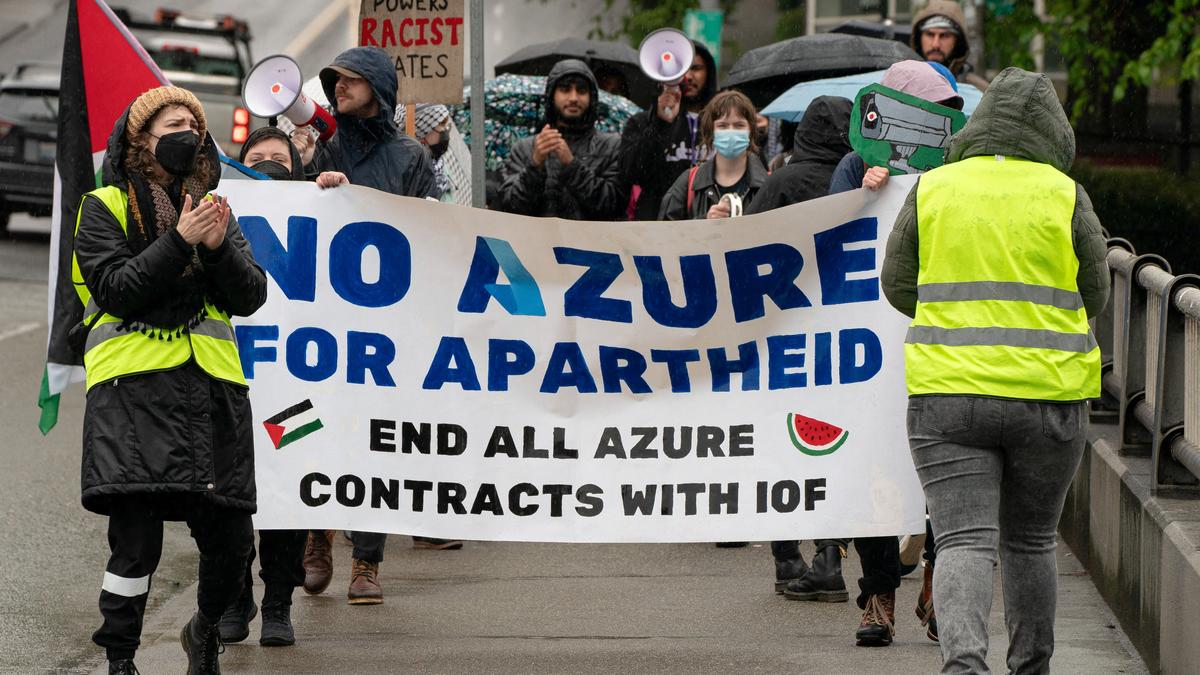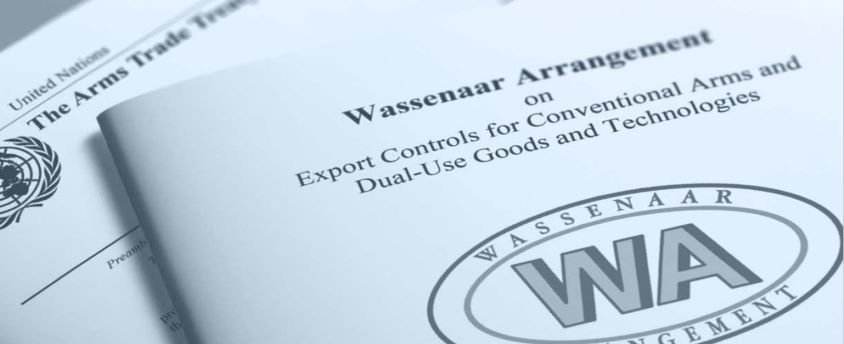Wassenaar Arrangement

- 05 Oct 2025
In News:
- The Wassenaar Arrangement (WA), established in 1996, is a key multilateral export control regime that promotes transparency and responsibility in transfers of conventional arms and dual-use goods and technologies.
- It succeeded the Cold War-era Coordinating Committee for Multilateral Export Controls (COCOM). The name originates from Wassenaar, a suburb of The Hague (Netherlands), where the agreement was finalized in 1995.
Objectives and Structure
The primary goal of the WA is to prevent destabilizing accumulations of arms and sensitive technologies by ensuring that exports do not contribute to the development or enhancement of military capabilities that threaten international security. It seeks to achieve this through:
- Transparency and information exchange among member states on sensitive technology transfers.
- Control lists that detail conventional weapons, dual-use items, and technologies of military significance.
The Arrangement currently has 42 member countries, including major arms exporters. India became a member in 2017, enhancing its credentials as a responsible nuclear power and gaining access to advanced technologies. The Secretariat is located in Vienna, Austria.
Mechanism of Operation
- Member states voluntarily exchange information regarding exports and denials of items on the WA control lists. These include chemicals, materials, software, and production technologies that can have both civilian and military applications. Through this exchange, the Arrangement aims to ensure that exports do not reach entities or nations that could undermine global or regional security.
- India has aligned the WA’s control lists with its SCOMET (Special Chemicals, Organisms, Materials, Equipment, and Technologies) export framework, strengthening its export control system in line with international standards.
Emerging Challenges in the Digital Era
While the WA has evolved over time—such as by including controls on ‘intrusion software’—its framework largely focuses on physical exports like hardware, chips, and devices. However, modern technology increasingly operates through cloud-based services, data transfers, and software-as-a-service (SaaS) models, which do not always involve physical movement of goods.
This shift has created grey areas in export control enforcement. For example, when major tech infrastructure providers like Microsoft offer cloud computing or AI tools that could be misused for surveillance or repression, existing WA rules struggle to regulate such virtual exports. These challenges highlight the Arrangement’s limitations in addressing non-tangible, digital transfers of dual-use technologies.
The Need for Reform
To remain relevant, the Wassenaar Arrangement must modernize its control lists and definitions to address technologies such as:
- Cloud computing and virtualized infrastructure,
- Artificial intelligence and machine learning algorithms,
- Big data analytics and cybersecurity tools.
Strengthening coordination among member states to govern cross-border data flows and digital exports is crucial. The Arrangement should also explore mechanisms for real-time information sharing, capacity-building for developing members, and greater inclusivity in decision-making.
India halts Pakistan-bound ship suspected of carrying CNC machines from China

- 04 Mar 2024
Why is it in the News?
Recently, Indian security agencies have intercepted a Pakistan-bound ship from China at Mumbai's Nhava Sheva port.
What are CNC Machines and Wassenaar Arrangements?
- CNC machines are controlled by a computer and offer efficiency, consistency, and accuracy not possible manually.
- These machines have been included in the Wassenaar Arrangement since 1996.
- This international arms control regime aims to stop the proliferation of equipment with both civilian and military uses, with India being among the 42 member countries exchanging information on transfers of conventional weapons and dual-use goods and technologies.
About the Wassenaar Arrangement:
- The Wassenaar Arrangement is a voluntary export control framework established in July 1996.
- Comprising 42 member nations, it facilitates the exchange of information regarding transfers of conventional weaponry and dual-use goods and technologies.
- Dual-use items possess the capacity for both civilian and military applications.
- The arrangement's secretariat is headquartered in Vienna, Austria.
Membership:
- The arrangement boasts 42 member states, predominantly consisting of NATO and EU nations.
- Members are obligated to report arms transfers and dual-use goods and technology transfers or denials to destinations beyond the arrangement biannually.
- India became a member of the Arrangement in 2017.
Objectives:
- Central to its operation is the continual exchange of technology-related information, encompassing both conventional and nuclear-capable technologies, among member states.
- This information exchange involves the maintenance and refinement of comprehensive lists of materials, technologies, processes, and products deemed militarily significant.
- The primary goal is to regulate the movement of technology, materials, or components to entities or nations that could jeopardize global security and stability.
Wassenaar Arrangement Plenary:
- The WA Plenary is the decision-making and governing body of the Arrangement.
- It is composed of representatives of all Participating States who normally meet once a year, usually in December.
- Chairmanship of the Plenary is subject to annual rotation among Participating States.
- In 2018, the United Kingdom held the Plenary Chair, while Greece assumed the position in 2019.
- Decisions within the Plenary are made through consensus.
